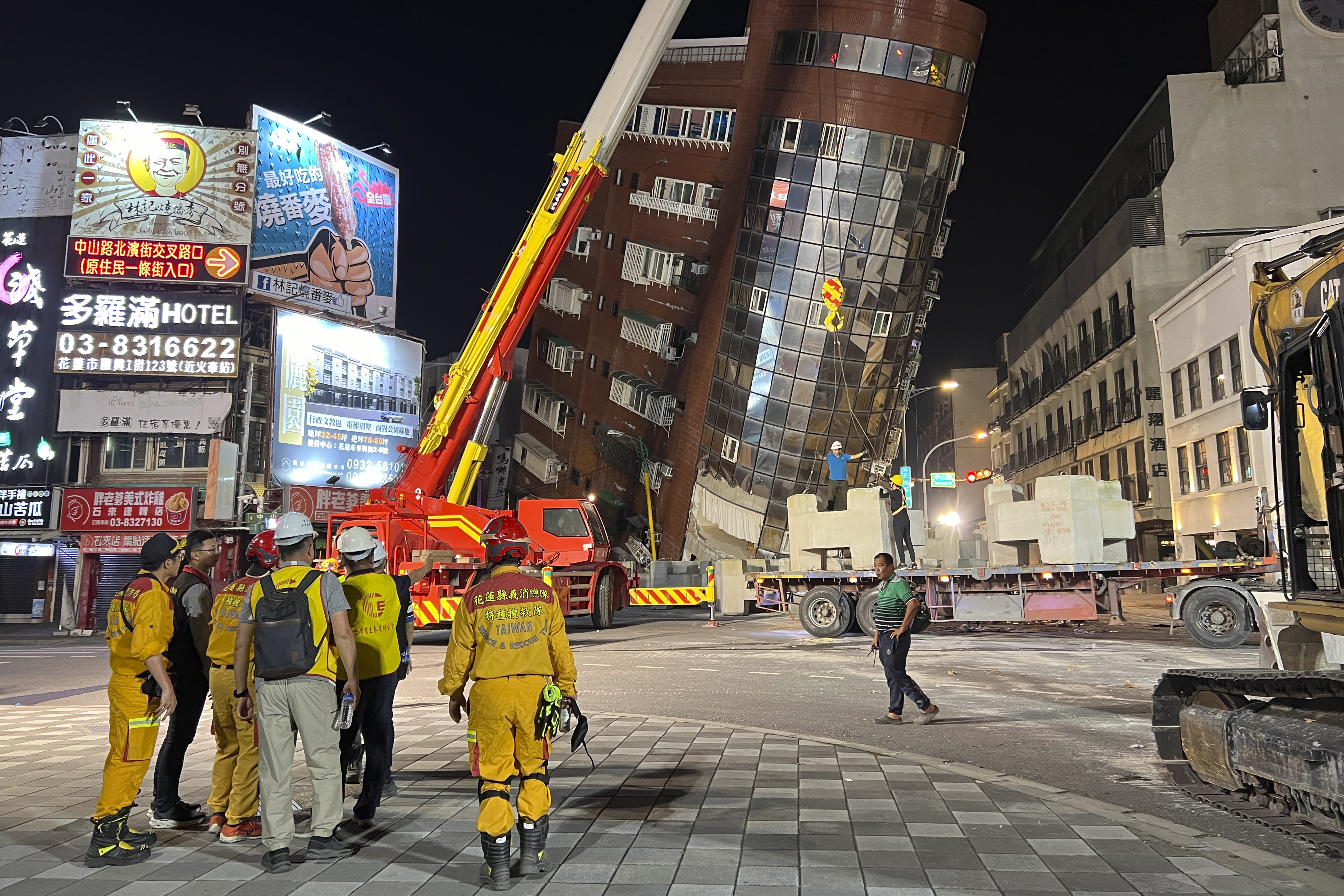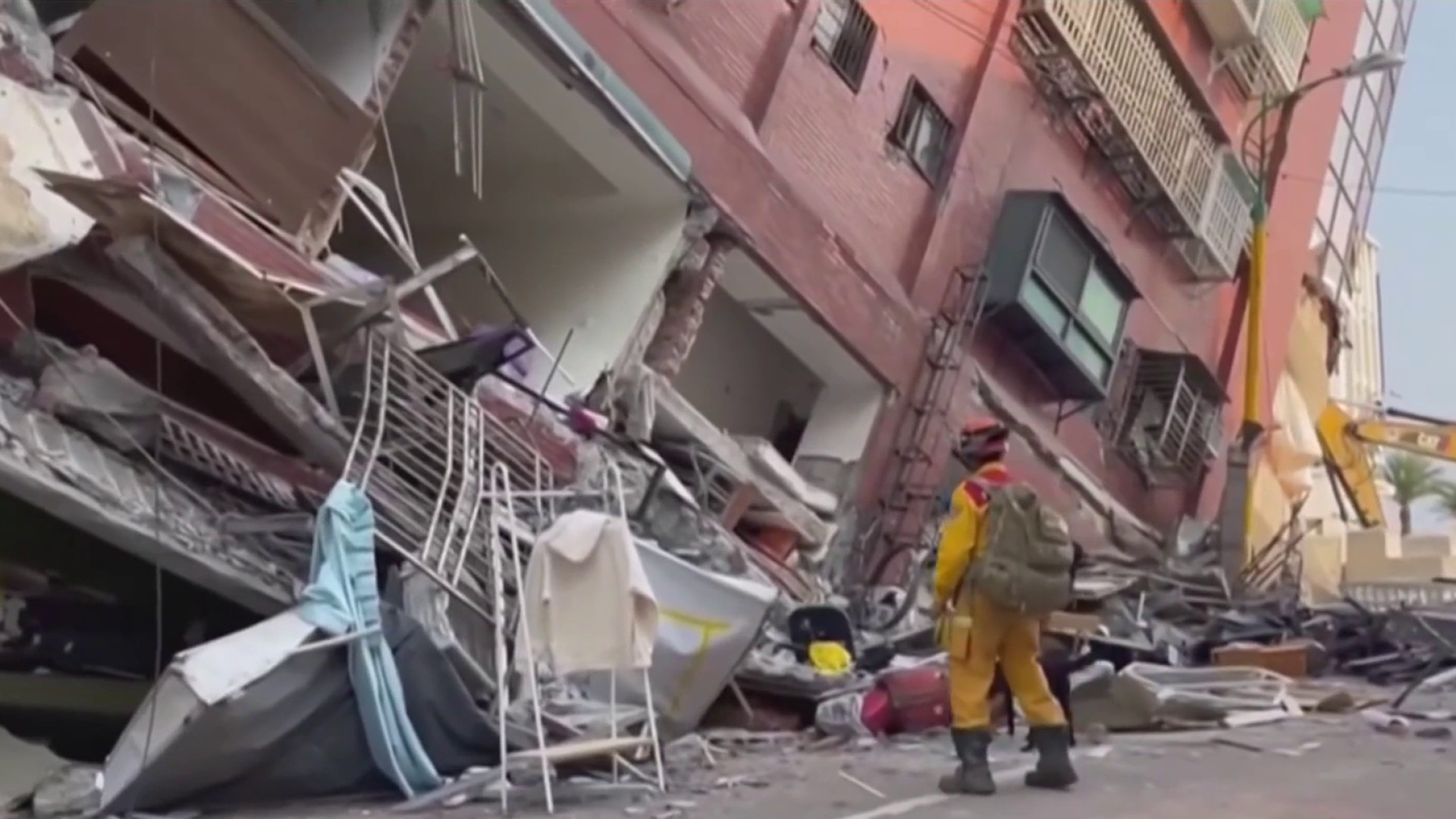Earthquakes are nothing new for Californians, but as Taiwan works to recover from its deadly 7.4 magnitude quake, many people are wondering what a massive quake would mean here in the Bay Area.
It doesn’t take long to see the impacts of past earthquakes in Hayward, with uneven pavement and cracks spread throughout the area.
The neighborhood sits along the Hayward Fault line, which experts say has a high likelihood of experiencing a major quake in the next 12 years. But are we prepared for something like the Taiwan quake?
“The fault line is like 100 feet down the hill,” said Dov Hassan of Hayward.
Get a weekly recap of the latest San Francisco Bay Area housing news. Sign up for NBC Bay Area’s Housing Deconstructed newsletter.
Residents are not new to earthquakes or the promise of the “big one” that experts say is on the way.
“This house is an old house, it's what I hold onto. It’s old growth redwood, it’s really sturdy,” said Hassan.
Neighbor Denise O'Donnell bolted her 100-year-old home to its foundation for reinforcement. She said Taiwan's 7.4 quake serves as a reminder.
“To be prepared, we always have water, extra water, extra blankets, flashlights, clothing, canned goods,” said O’Donnell.
If an earthquake of that magnitude happened in the Bay Area, seismologist Dr. Lucy Jones says it's all about location.
“It would depend on what fault it's on, Loma Prieta as a 7 didn't do as much as it could have if it had been closer to urban areas, 7.4 on the Hayward Fault is one of the disasters that San Francisco could be looking at,” she said.
The Hayward Fault is considered one of the Bay Area's most dangerous fault lines in the region. It's believed to have a high chance of a 6.7 magnitude or greater quake before 2036.
In Taiwan's case, Wednesday’s massive quake led buildings to collapse, but it wasn't because they were not prepared.
Jones says despite strict building codes, engineering can only help so much.
“In California we maybe see 5% being fault offset and 95% being the building is failing. So, they have very good building codes but when the fault goes through the building there is not much you can do,” she said.
California's Office of Emergency Services (CALOES) say they are prepared with advance response plans, the Shake Alert pre-quake warning system, and are working on automating systems that would do things like slow BART trains during an earthquake. But caution residents need to stay prepared too.
“The hardest thing to control in any disaster is human behavior and so why first responders are ready and able to do that work, we do want the public to understand the critical role that they play,” said Brian Ferguson of CALOES.
A safety plan neighbors hope they never have to use.
“I hope I never have to find out, you know? I think that’s all of us,” said Hassan.



